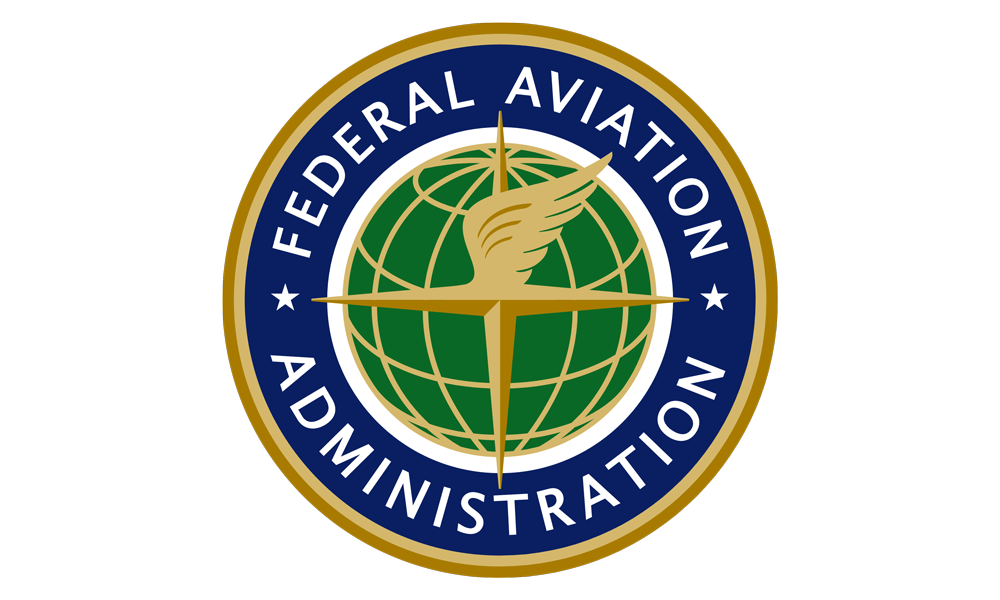
Today, the FAA released its long-awaited proposed legislation for small drones, specifying a weight limit of 55 pounds and daytime-only, line-of sight use for the craft, among other requirements.
As quadcopters and other small easy-to-fly, self-navigating aircraft have grown with incredible popularity in the past couple years, the community using them has been waiting for the official set of rules for how they can be used. These official proposals, first reported by Greg McNeal at Forbes through an inadvertently posted document, will continue to be reviewed by the agency and undergo a public comment period before being made official.
They’re more lenient than many expected, but still create long-distance flight complications for commercial groups, like Amazon, who hope to use the craft for delivery purposes.
Overview of Small UAS Notice of Proposed Rulemaking
Operational Limitations
• Unmanned aircraft must weigh less than 55 lbs. (25 kg).
• Visual line-of-sight (VLOS) only; the unmanned aircraft must remain within VLOS of the operator or visual observer.
• At all times the small unmanned aircraft must remain close enough to the operator for the operator to be capable of seeing the aircraft with vision unaided by any device other than corrective lenses.
• Small unmanned aircraft may not operate over any persons not directly involved in the operation.
• Daylight-only operations (official sunrise to official sunset, local time).
• Must yield right-of-way to other aircraft, manned or unmanned.
• May use visual observer (VO) but not required.
• First-person view camera cannot satisfy “see-and-avoid” requirement but can be used as long as requirement is satisfied in other ways.
• Maximum airspeed of 100 mph (87 knots).
• Maximum altitude of 500 feet above ground level.
• Minimum weather visibility of 3 miles from control station.
• No operations are allowed in Class A (18,000 feet & above) airspace.
• Operations in Class B, C, D and E airspace are allowed with the required ATC permission.
• Operations in Class G airspace are allowed without ATC permission
• No person may act as an operator or VO for more than one unmanned aircraft operation at one time.
• No careless or reckless operations.
• Requires preflight inspection by the operator.
• A person may not operate a small unmanned aircraft if he or she knows or has reason to know of any physical or mental condition that would interfere with the safe operation of a small UAS.
• Proposes a microUAS option that would allow operations in Class G airspace, over people not involved in the operation, provided the operator certifies he or she has the requisite aeronautical knowledge to perform the operation.
Operator Certification and Responsibilities
• Pilots of a small UAS would be considered “operators”
• Operators would be required to:
– Pass an initial aeronautical knowledge test at an FAA-approved knowledge testing center.
– Be vetted by the Transportation Security Administration.
– Obtain an unmanned aircraft operator certificate with a small UAS rating (like existing pilot airman certificates, never expires).
– Pass a recurrent aeronautical knowledge test every 24 months.
– Be at least 17 years old.
– Make available to the FAA, upon request, the small UAS for inspection or testing, and any associated documents/records required to be kept under the proposed rule.
– Report an accident to the FAA within 10 days of any operation that results in injury or property damage.
– Conduct a preflight inspection, to include specific aircraft and control station systems checks, to ensure the small UAS is safe for operation.
Aircraft Requirements
• FAA airworthiness certification not required. However, operator must maintain a small UAS in condition for safe operation and prior to flight must inspect the UAS to ensure that it is in a condition for safe operation. Aircraft Registration required (same requirements that apply to all other aircraft).
• Aircraft markings required (same requirements that apply to all other aircraft). If aircraft is too small to display markings in standard size, then the aircraft simply needs to display markings in the largest practicable manner.
Model Aircraft
• Proposed rule would not apply to model aircraft that satisfy all of the criteria specified in Section 336 of Public Law 112-95.
• The proposed rule would codify the FAA’s enforcement authority in part 101 by prohibiting model aircraft operators from endangering the safety of the NAS.
ADVERTISEMENT






